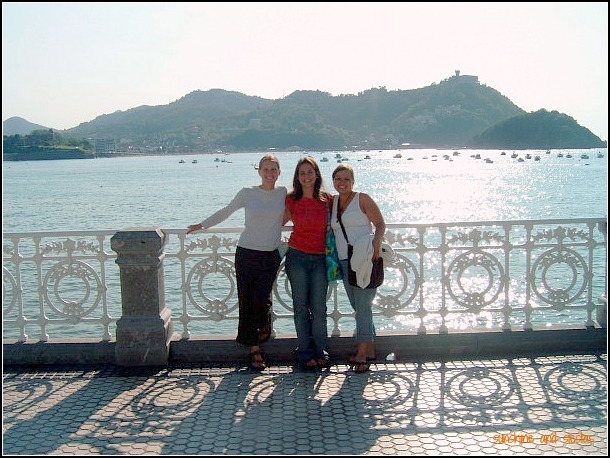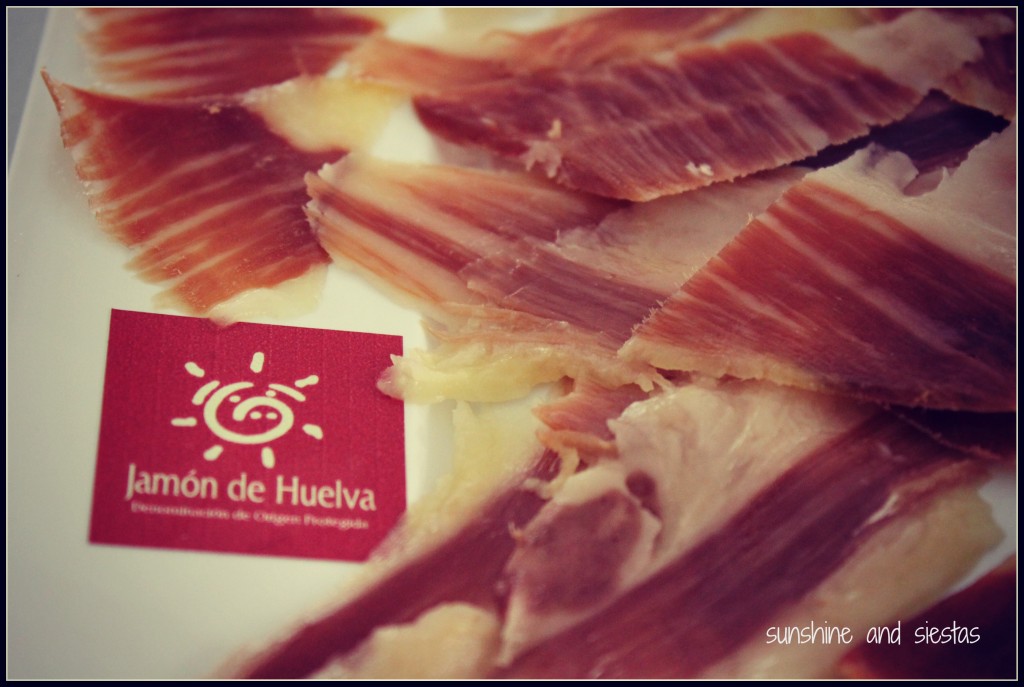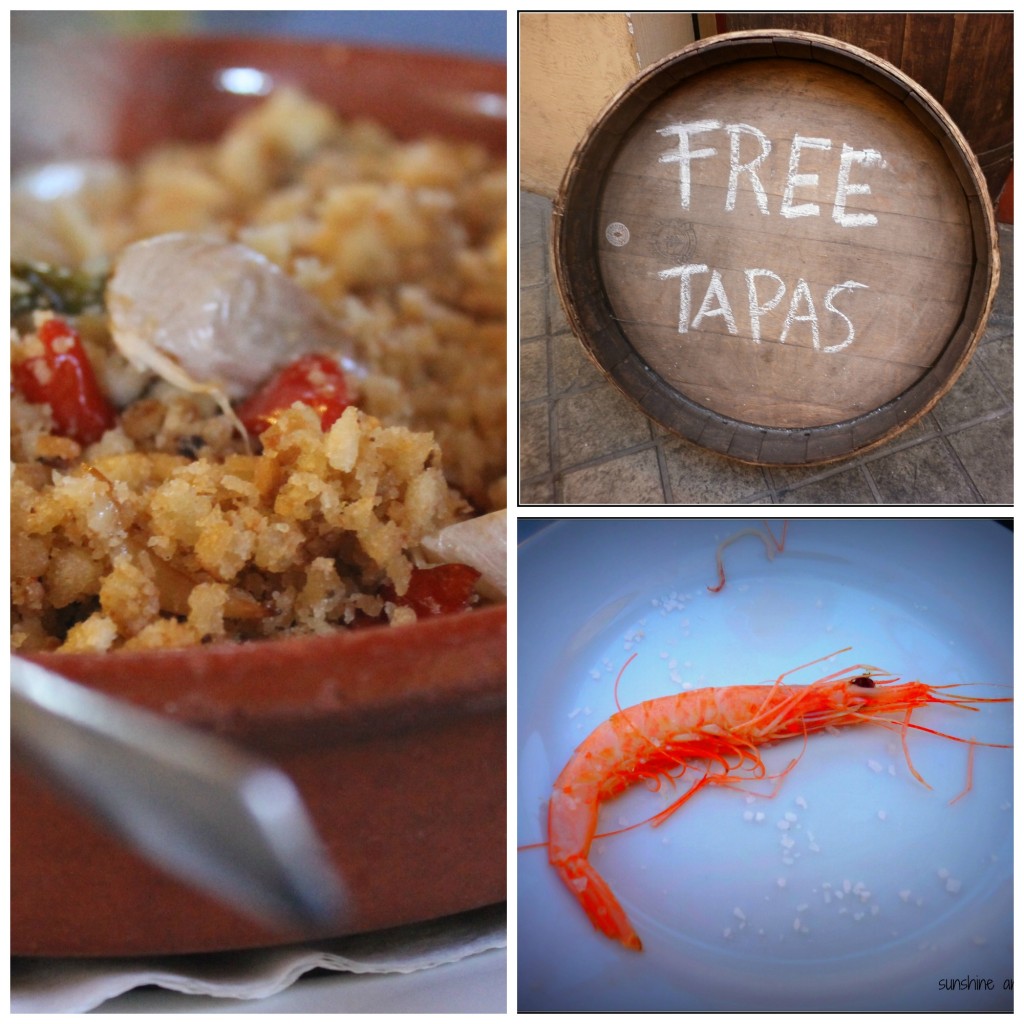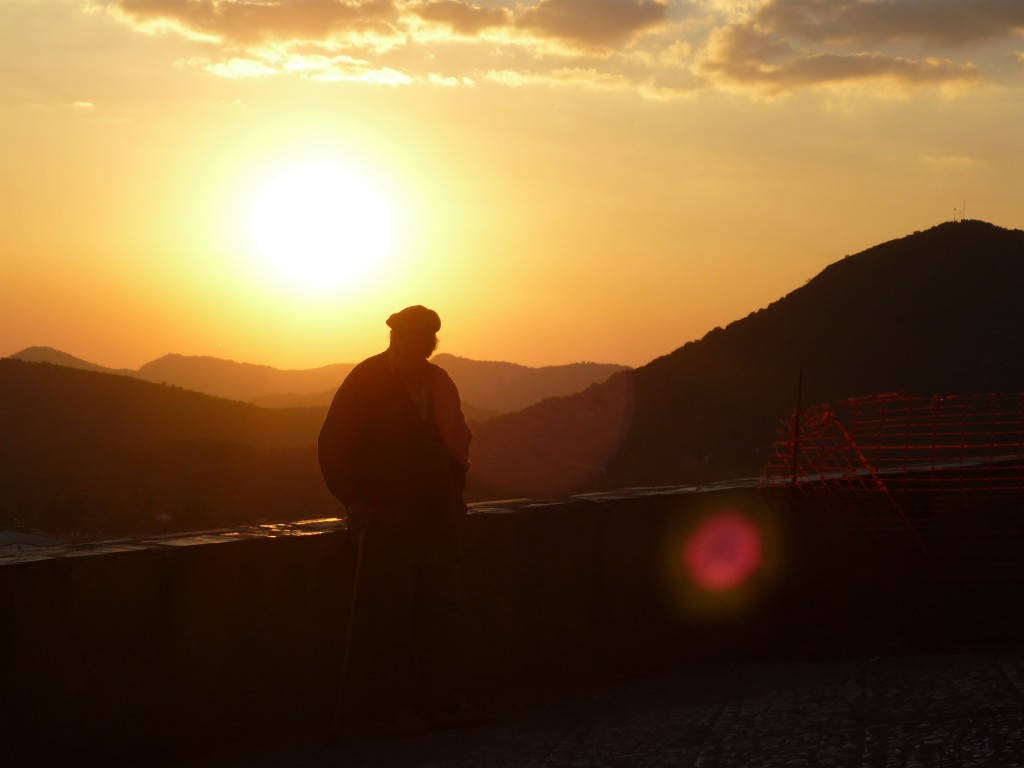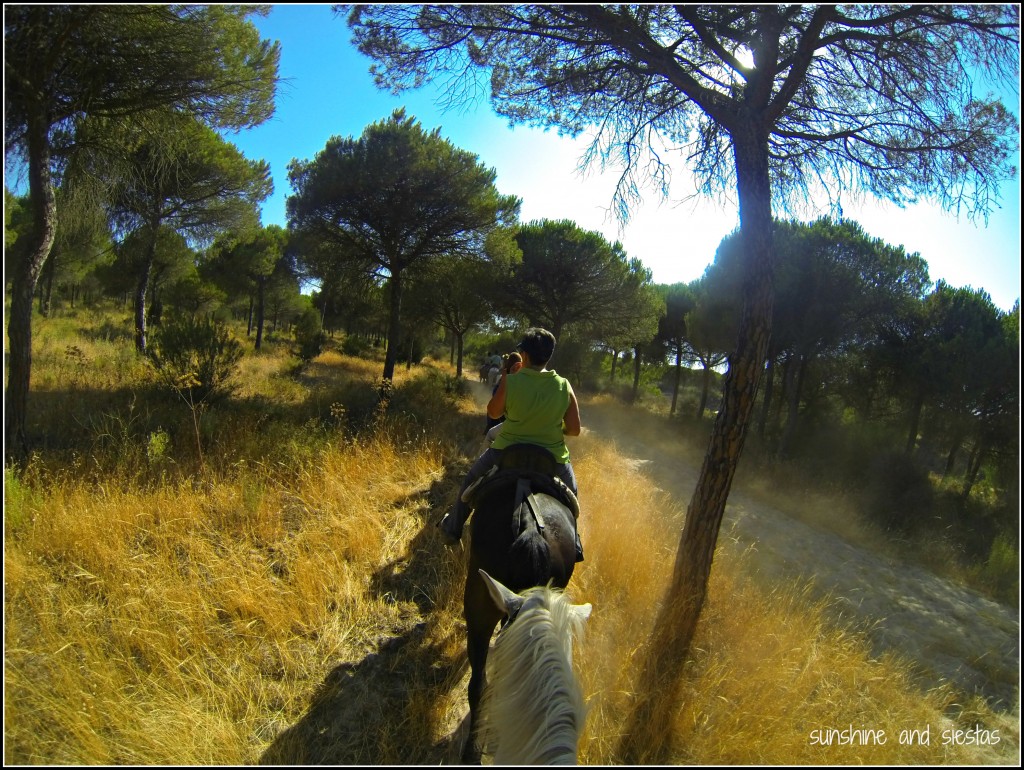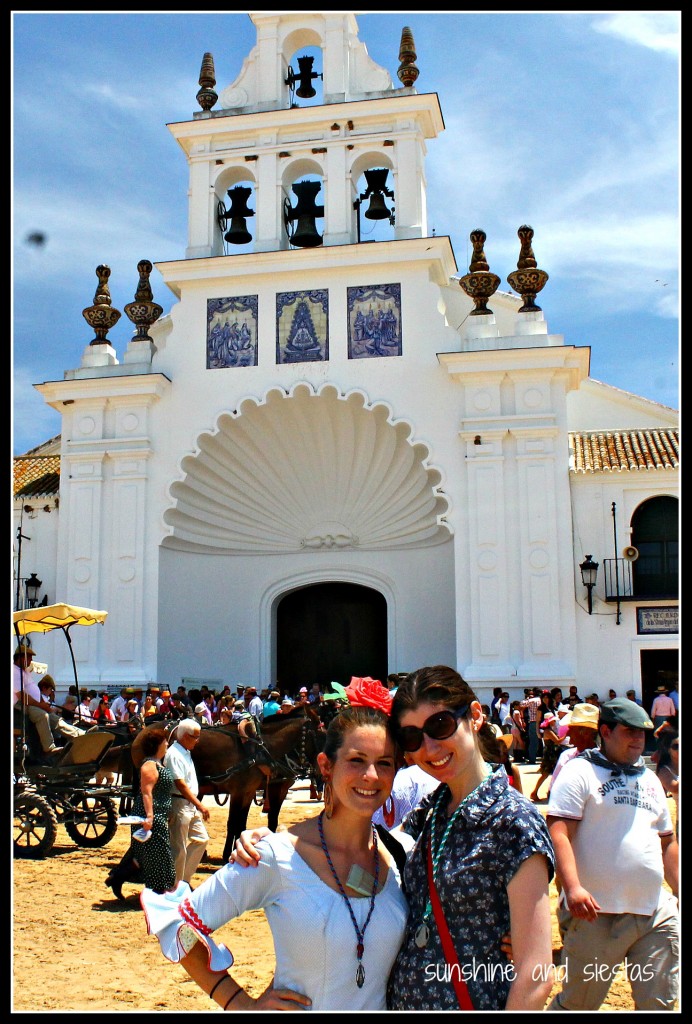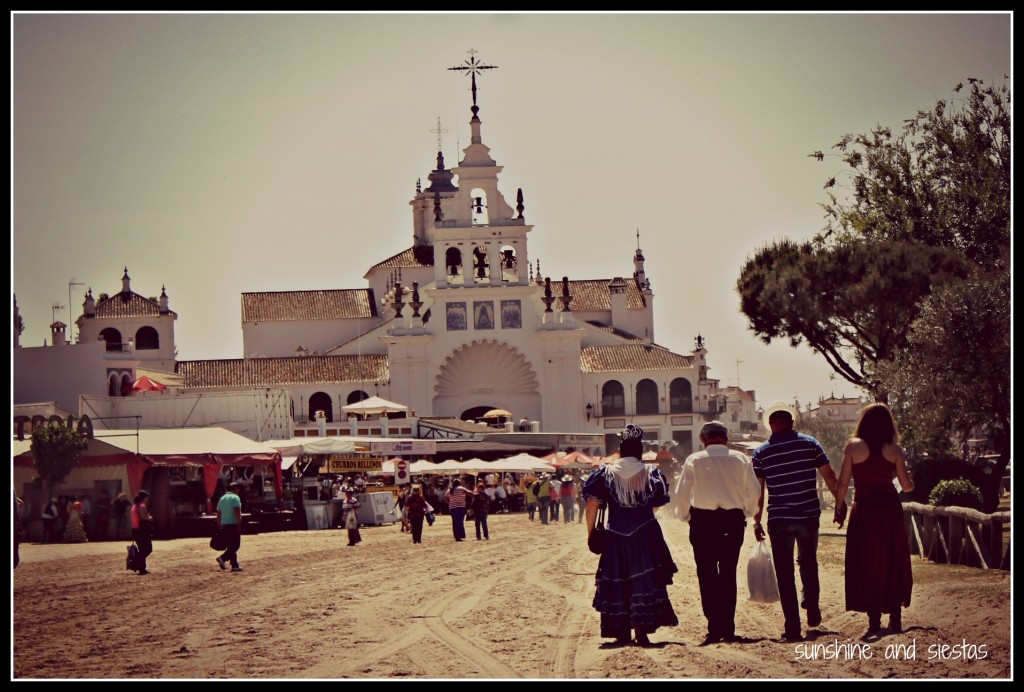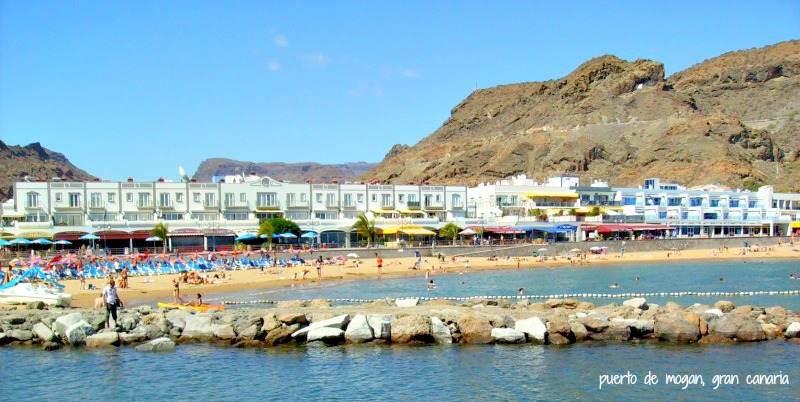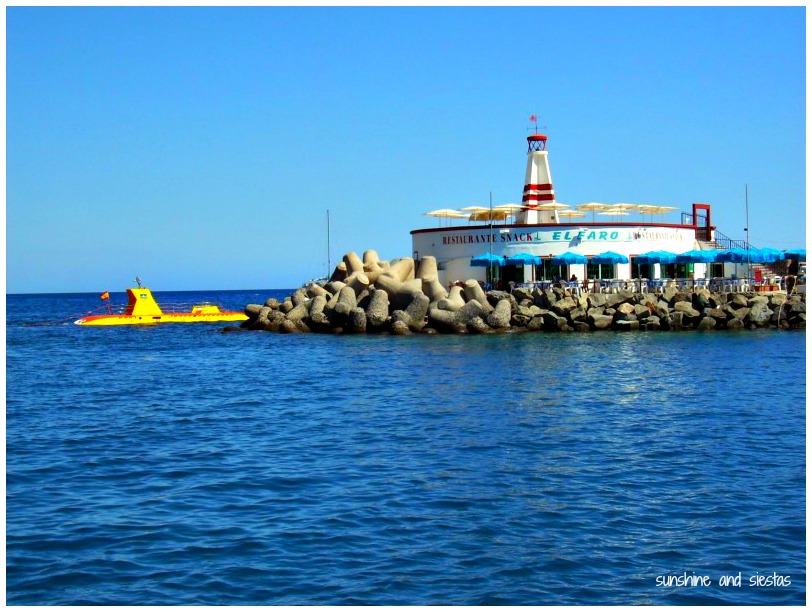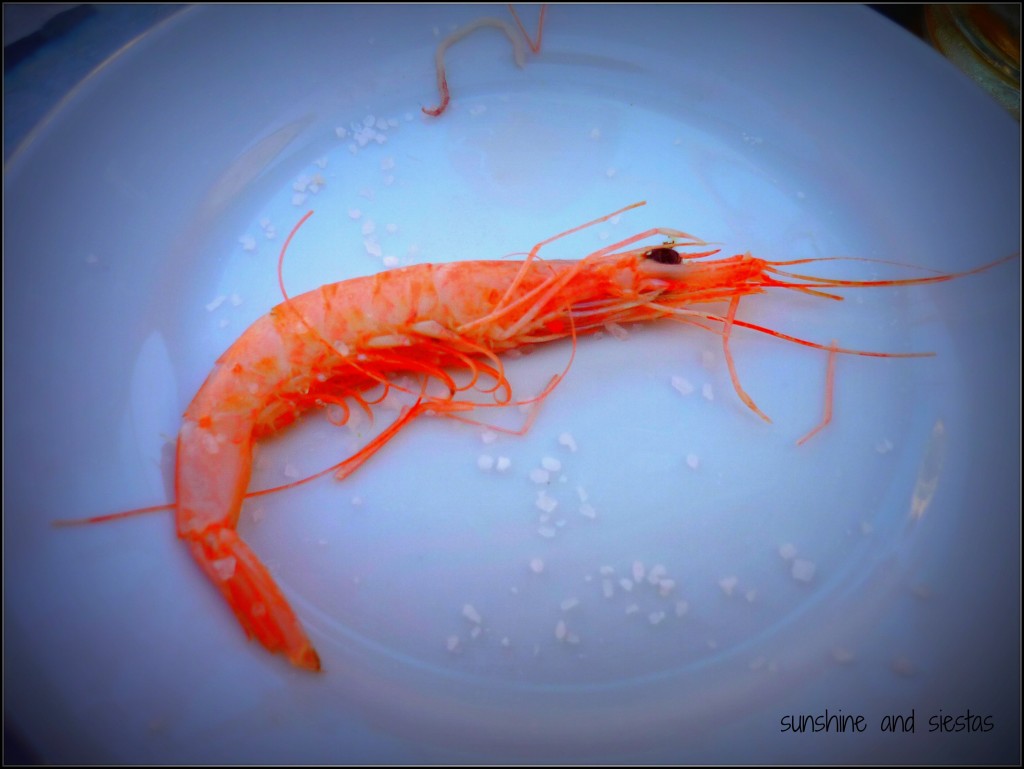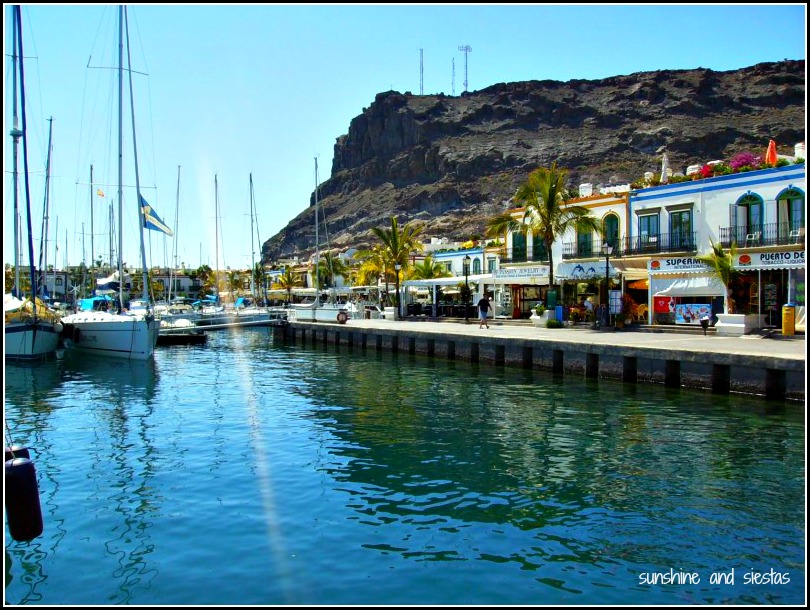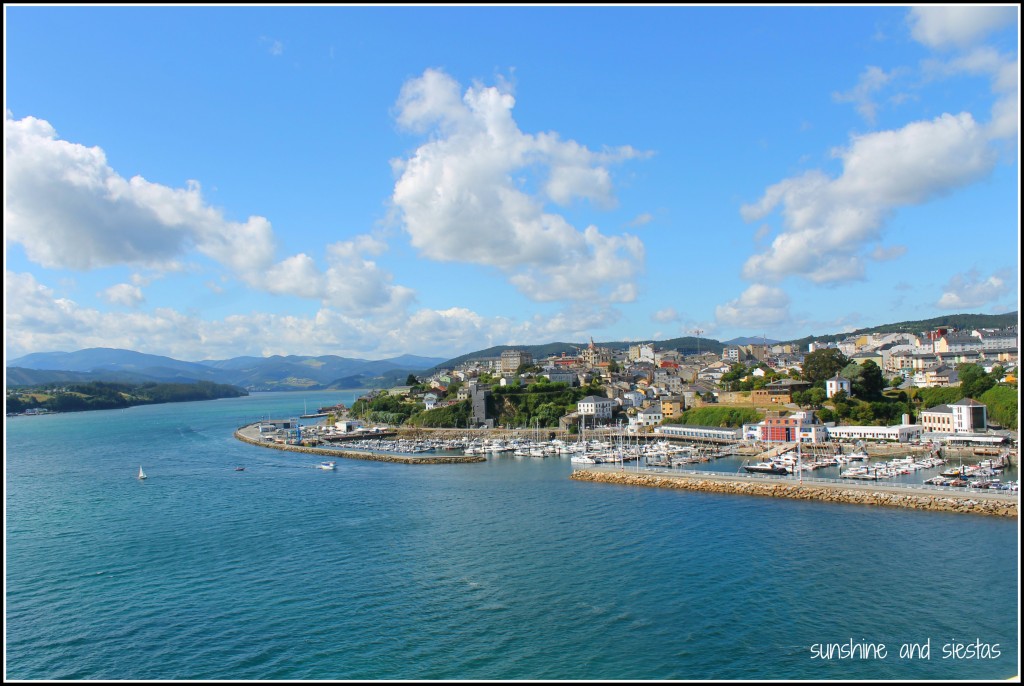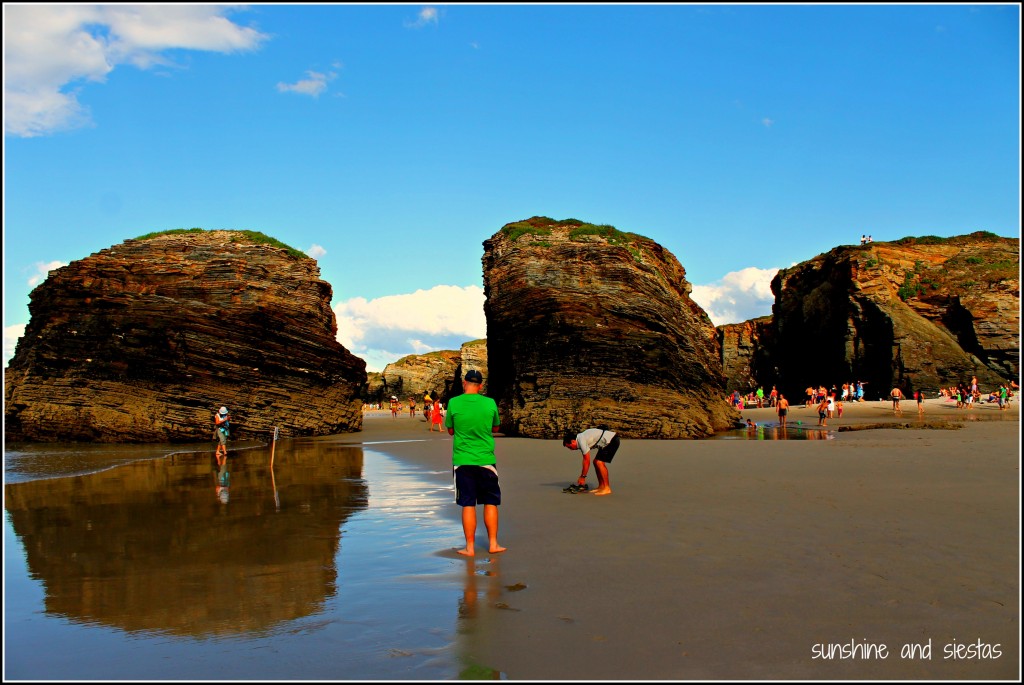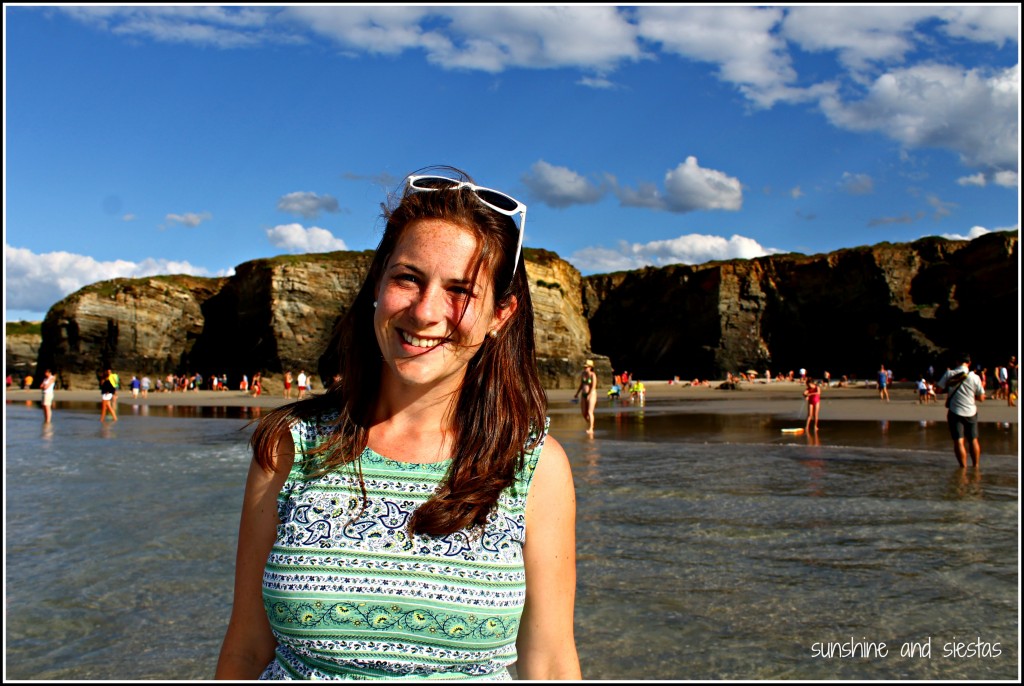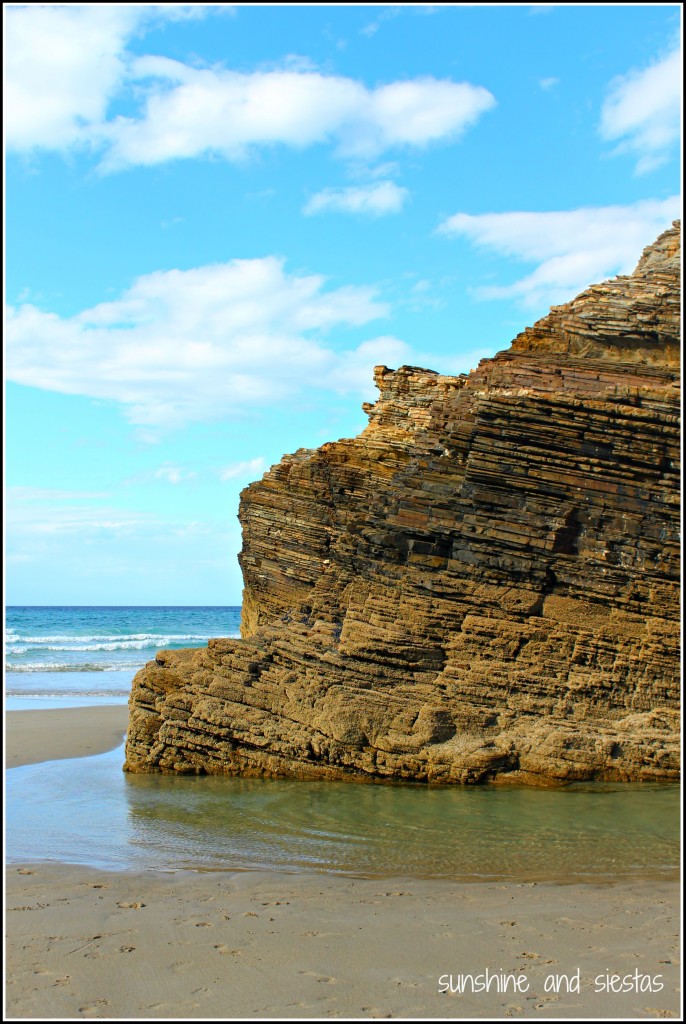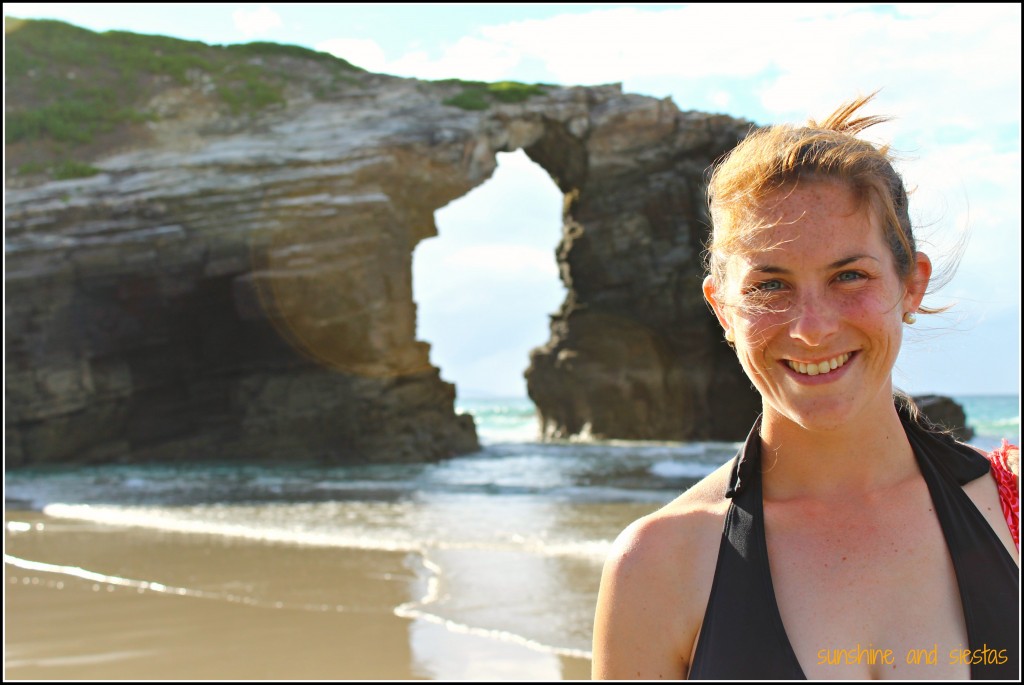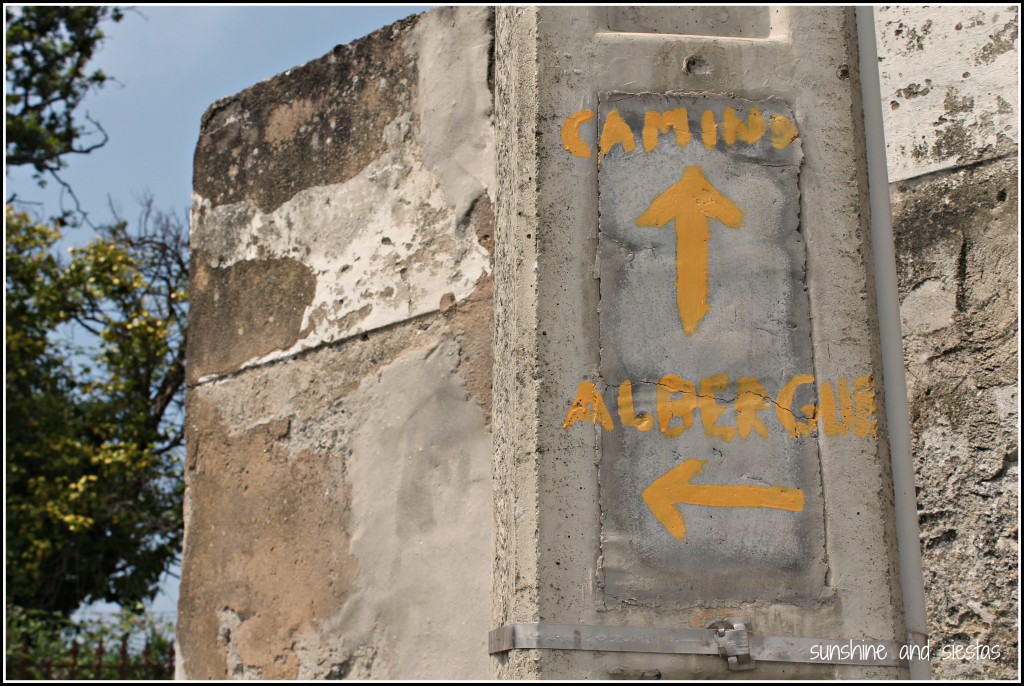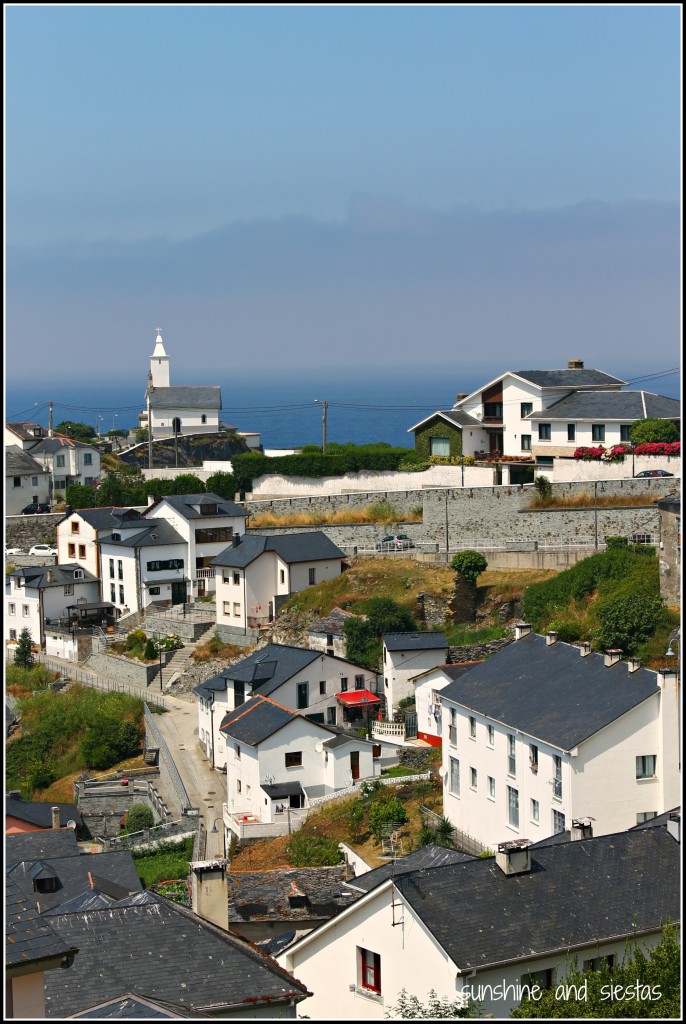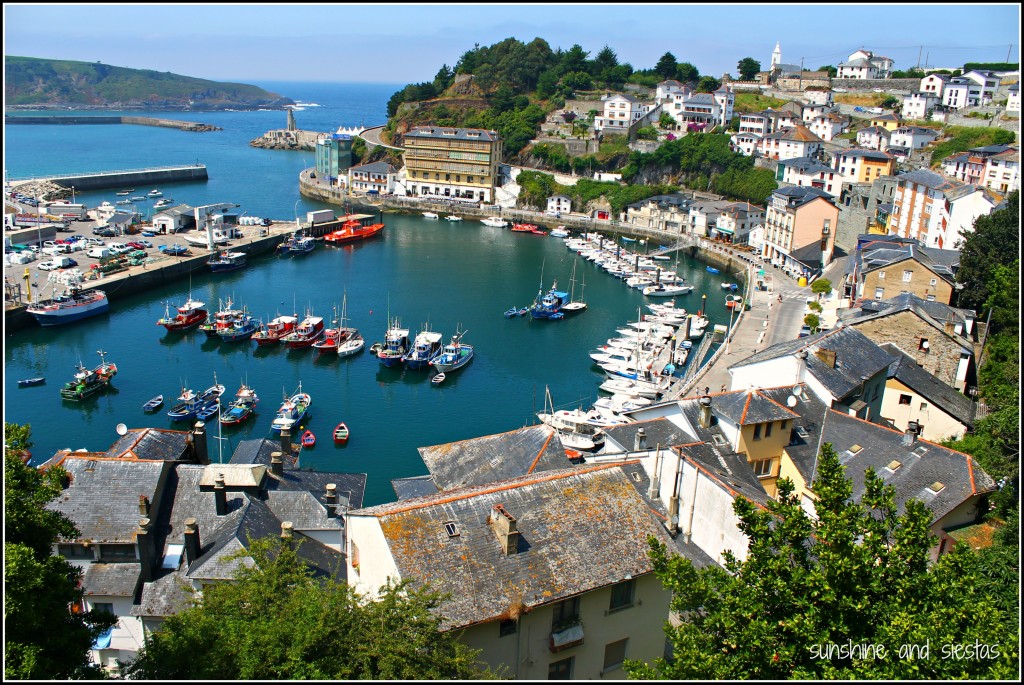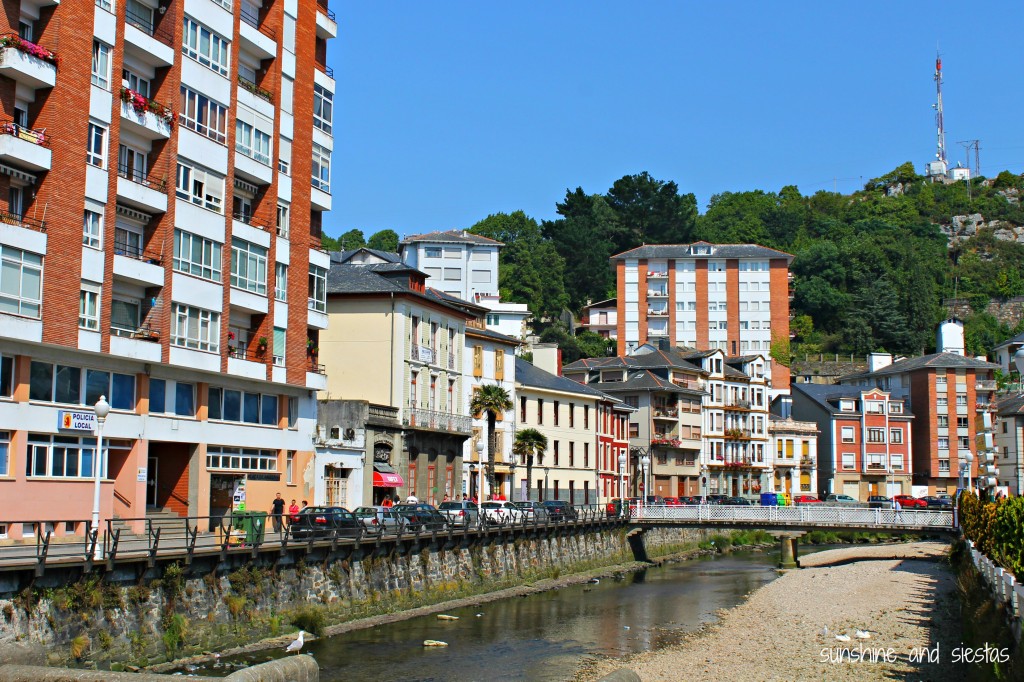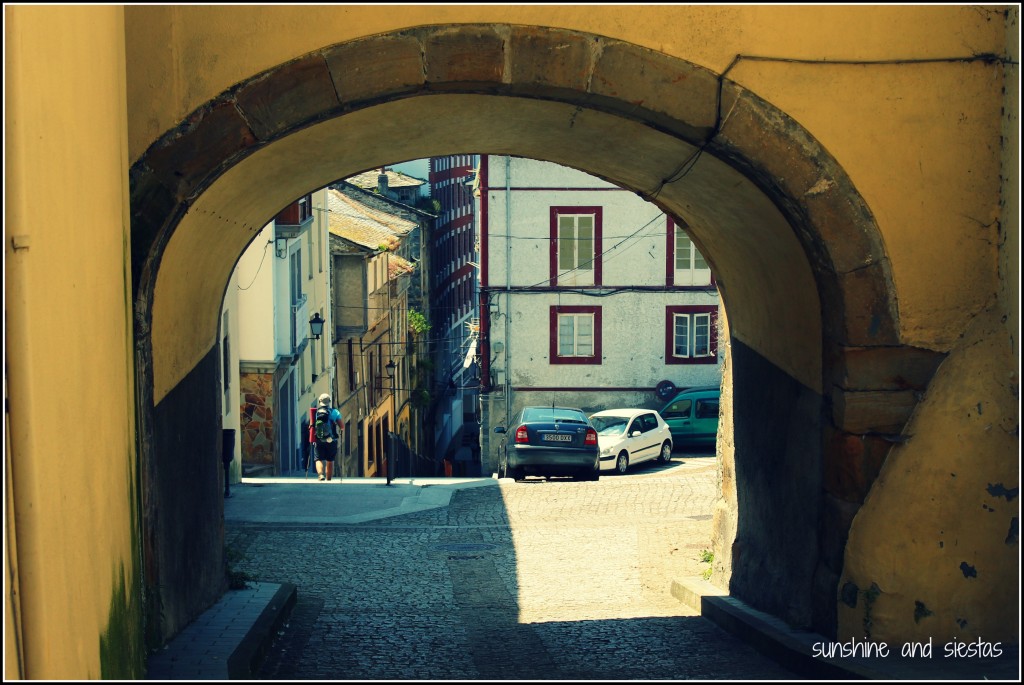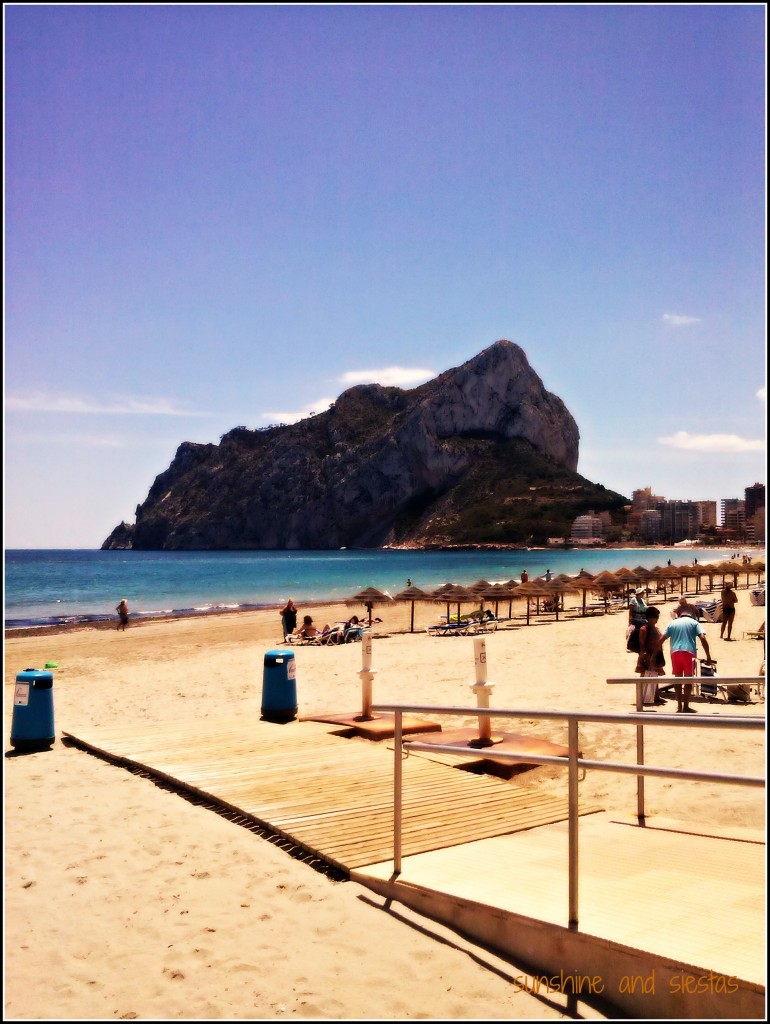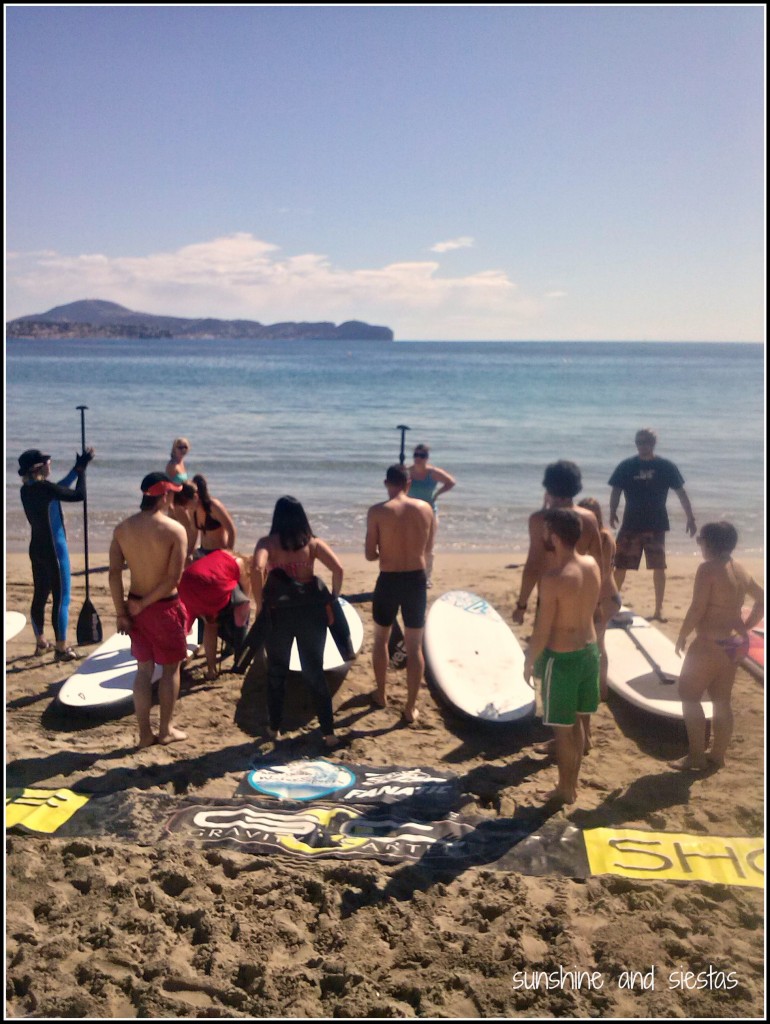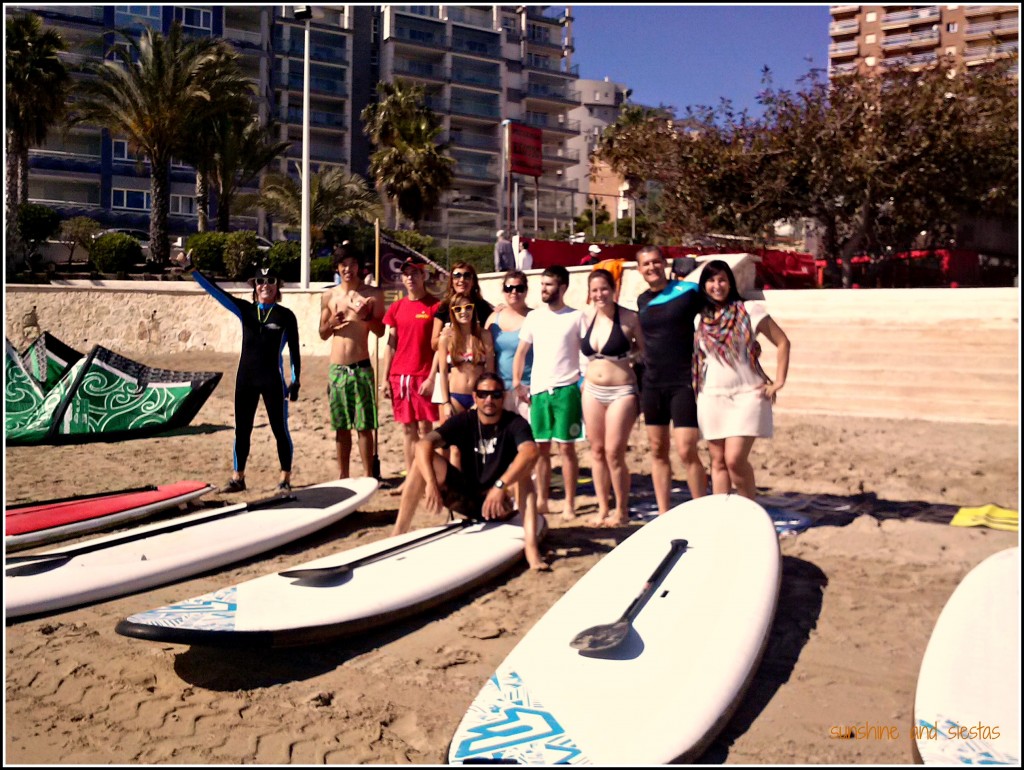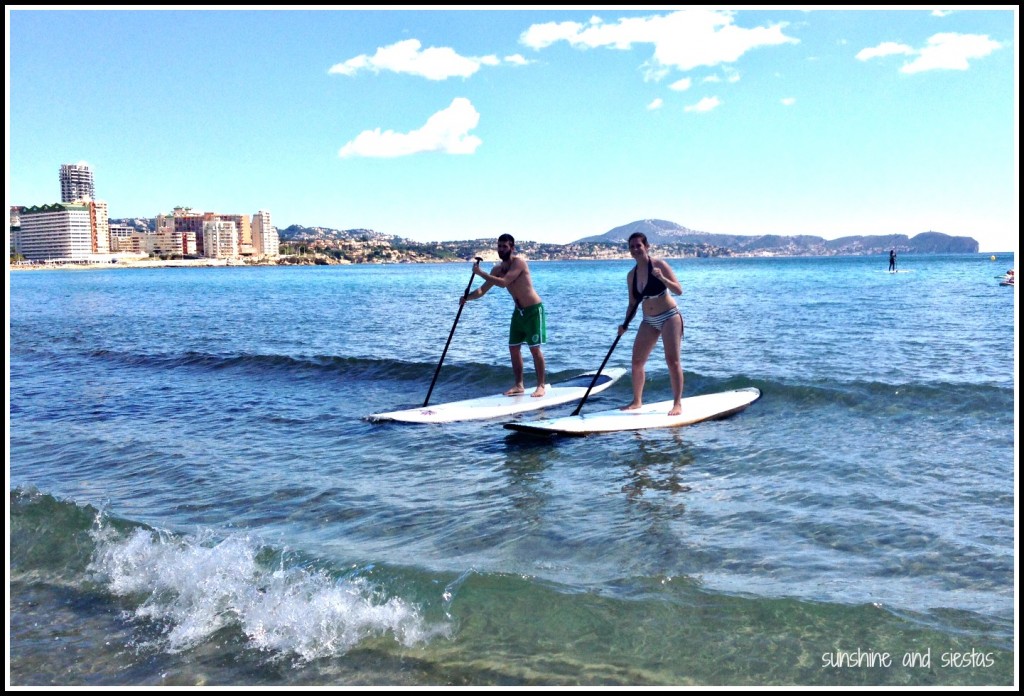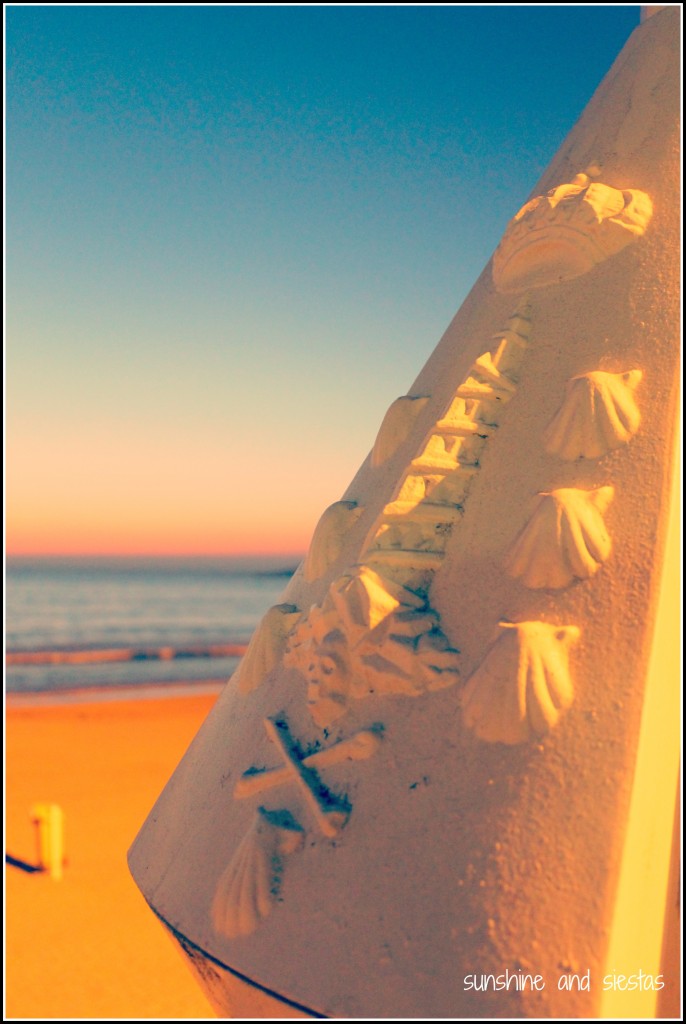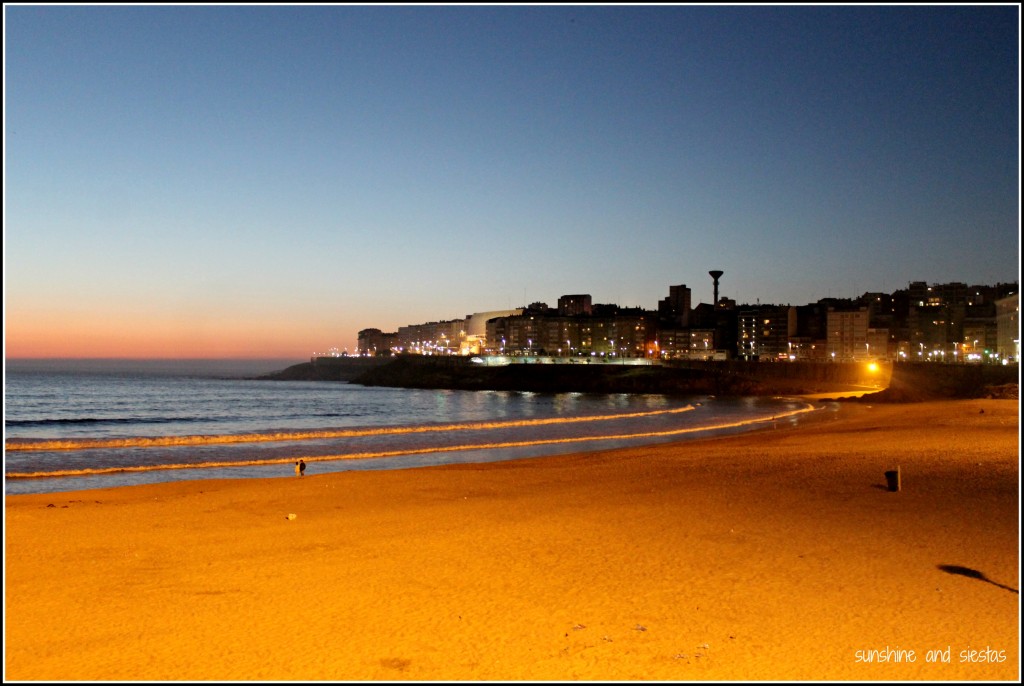Jessie called me to give me the bad news: “They placed me somewhere called Huelva,” using the hard h sound we’d learned to adopt in Valladolid. Without looking at a map, I assumed Huelva was on the other side of Andalusia and sighed heavily, sad that we couldn’t continue our Vdoid antics with an acento andalú for eight more months.
Jessie (on the far right) and I in San Sebastián. June 2005.
As a matter of fact, Huelva is the little slice of overlooked Andalucía is wedged between Seville, Cádiz, Badajoz and Portugal, a far-flung yet varied region.
Confession: I think Huelva has more to offer by way of destinations and gastronomy than Seville does. Gasp!
Bet you didn’t know that Christopher Columbus prayed at the La Rábida monastery before setting off for the New World (and that you can visit recreations of the Nina, Pinta and Santa María in its port), or that the Recreativo de Huelva is Spain’s oldest football club, as the English settlers to Río Tinto brought the game over when they came to exploit the mines?
I mean, yes, it smells like a swamp and it’s not exactly a beautiful city, but there are some redeeming factors that make the province of Huelva worth a day or two, particularly along its coastline or a trip to Doñana National Park.
THE HAM and other eats
I would clearly start with my taste buds and my beloved jamón ibérico. The black-footed pigs in the northern hills of the province, part of the Cordillería Bética, feast year-round on acorns, giving the cured meats a buttery smooth taste and texture. They’re taken to the slaughterhouse in Aracena in early Autumn to be turned into meats and other products from the Denominación de Origen Huelva (note: this weekend kicks off the Feria de Jamón in Aracena, where free samples abound!).
Huelva is also famous for fresh seafood and strawberries. The gamba blanca de Huelva is a local favorite that is simply boiled and served with rock salt, and it’s characteristic of the region. The fresas and fresones are cultivated in the greenhouses along the coast from Palos de la Frontera to as far as Lepe, with their growing season lasting just a few months in the springtime. Migas, a bread dish with garlic, is also common in the mountains.
And then there’s wine! The bodegas around Bollullos Par del Condado produce a young white wine similar to mosto that’s a bit sweet, as well as vinegars. You can visit the bodegas and wine museums from Seville, as it’s only a 45-minute drive from the capital.
The beaches and mountains
Huelva shares a coastline with the Atlantic, with the Ríos Tinto and Odiel forming the Sebo peninsula where upon the capital sits, and the Guadiana separates Spain from Portugal. Many sevillanos flock to the coast during the warm summer months because of its proximity to the capital hispalense – less than 100 kilometers. The beaches are of fine sand, moderately windy and relatively clean. Seven of Huelva’s beaches have been bestowed with the Bandera Azul – three in Punta Umbría, two in Isla Cristina and one each in Moguer and Almonte.
In the Northern part of the province, the last little push of the Bética becomes the Sierra Morena. This region is full of great hiking trails, ideas for excursions like mushroom hunting, and gorgeous little villages where you can eat well and on the cheap. Aracena is the ‘capital’ of the region and boasts a series of underground caves and a crumbling castle that crowns the hamlet.
Huelva is also home to Spain’s largest national park, Doñana. These protected wetlands and pine groves cover about 135 square miles and is the breeding ground of the Iberian Lynx. The park boasts quite a few beaches, too, and a UNESCO World Heritage Site. You can visit the park with a guide, though my mom and I snuck in a horseback ride from nearby Mazagón.
The fiestas
For years, I equated Huelva with a hangover due to its enormous Erasmus population and cheap bars (and because I was 22 and 23 when I went every other weekend), but Huelva knows its fiestas poplars.
Each Pentecost Sunday, those faithful to the Virgen del Rocío (known as Our Lady of the Swamps) take a pilgrimage to the Aldea outside of Almonte to witness the festivities to exalt one of Spain’s most popular symbols. It’s like the Feria de Sevilla set in the Wild West – hitching posts, covered wagons that people live and travel in for a few days, the palios that carry the image of the virgen towards the sacred ground where her image was found in a tree trunk or some business like that. And get this – people flock from as far away as Brussels on foot, and then return the same way they came! If you’re on the way to Doñana, definitely stop in El Rocío and visit the gorgeous whitewashed shrine – it’s lovely.
Huelva also celebrates its connection with Columbus during Spain’s national fiesta, October 12th, has several smaller romerías for various saints in the province and has its own version of Carnival and Holy Week.
Living well and living cheap
For everything that Seville lacks, Huelva makes up for it. Onubenses enjoy a better microclimate than Seville, are closer to the beach and can live comfortably for cheap – Jessie and company lived right in the center of town in a Duplex for 180€ a month! I would grab a bus every other weekend to go see her and the other girls, enjoying a few days near the beach for cheap.
Getting to Huelva capital from Sevilla is easy: Damas runs an hourly bus on weekdays from Plaza de Armas for 16€ roundtrip. Have you ever been to Huelva? Any recommendations on other things to see?
